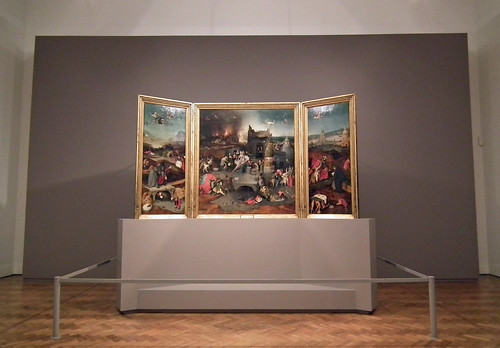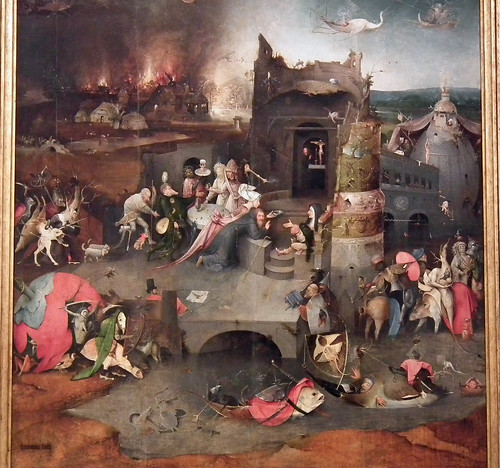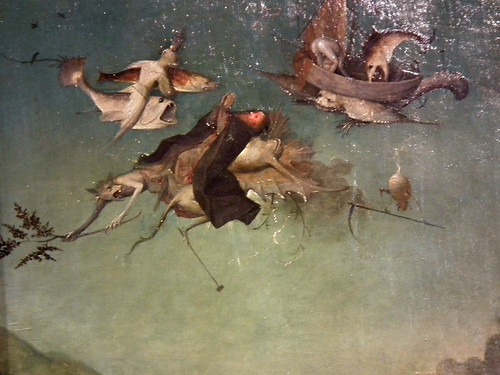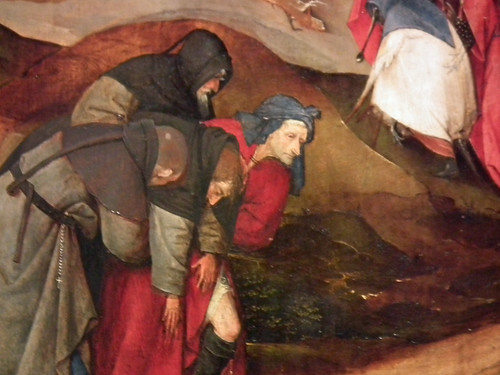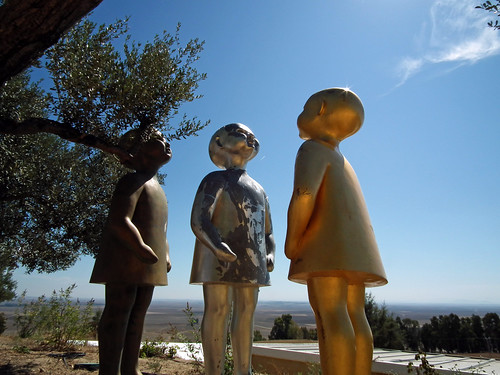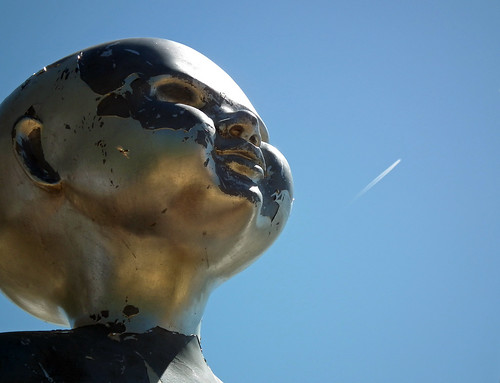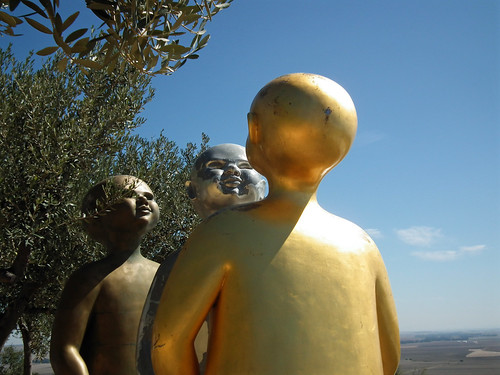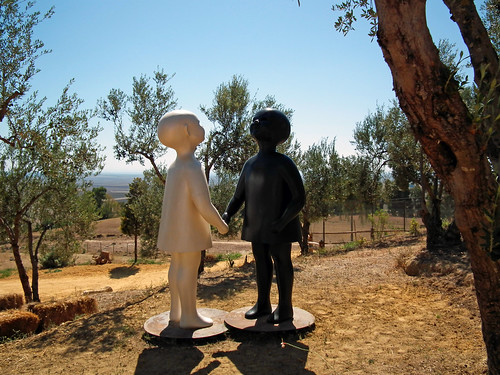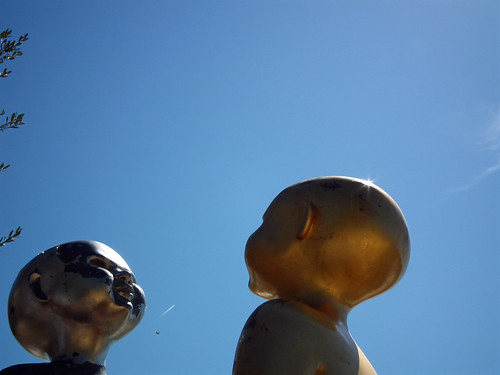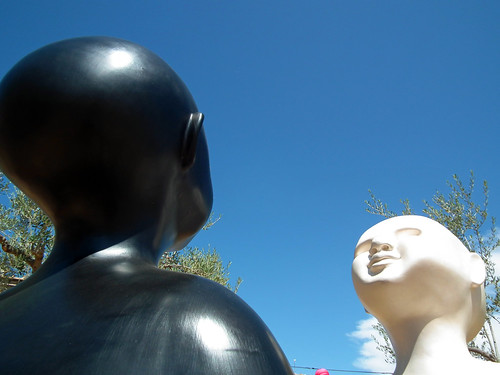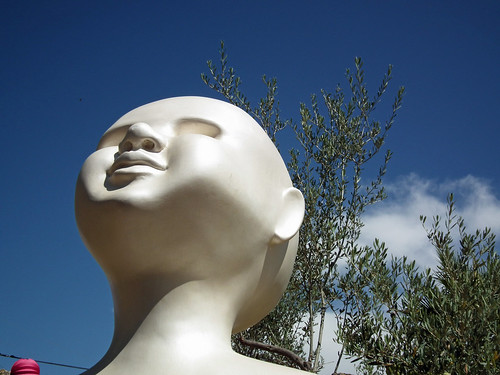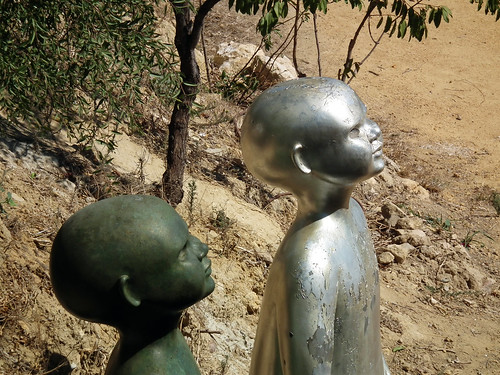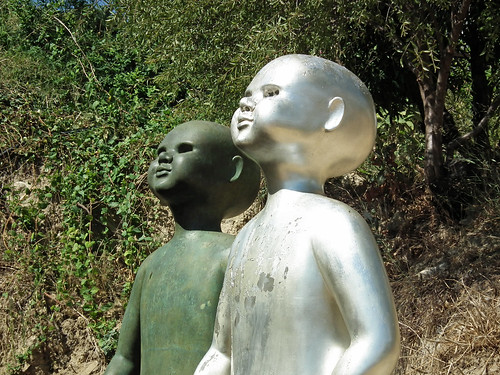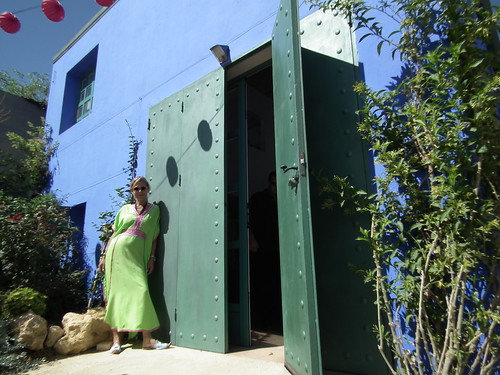 |
| The young Henrik Ibsen (1861) |
 |
| The young Bjørnstjerne Bjørnson (1860) |
The young Ibsen was insecure, choleric and with a remarkable physical ugliness (at least in the point of view of many of his contemporaries), his personality was worthless for many, as Olev Arvesen writes about him when used to see him "entering L'Orsa's café punctually at two o'clock each afternoon to drink coffee and read the foreign newspapers", around 1858:
"That this man with the threadbare coat, old, soft mormon hat and profoundly unassuming mien would become one of Norway's and Scandinavia's greatest men was an unimaginable thought." (Michael Meyer, Ibsen's Biography)
But at the same time Ibsen owned a great talent for poetry, liked (and could) to write theatre and had the dream-ambition of being the greatest writer of Norway.
But around 1859, at 31, and in the beginning of his life as a playwright, theatre director and poet, he has not succeeded at all. That was the moment of Bjørnstjerne Bjørnson, who was the head of Norwegian young writers, tall, handsome and economically successful artist; it was him who Ibsen wanted to dethrone. The first fights (Ibsen’s attacks to Bjørnson) were charged of misunderstandings, jealousy and suppositions that only were in detriment of Ibsen himself. Yes, the greatest realist writer didn’t have yet that superb personality and speech what would characterize his last years of fame, a man full of cold wisdom.
After a small scandal with Ibsen’s piece The Viking of Helgeland, Bjørnson wrote a letter to Clemens Petersen elaborating a big description of the ambiance around Ibsen and a strong critic to him. It is curious for us today the remarkable tone of power as a writer and artist Bjørnson shows in that letter, more if we think of Bjørnson’s comments at the end of his life, all totally charged with bitterness and envy for Ibsen.
Bjørnstjerne Bjørnson letter to Clemens Petersen. Bergen, 5 March, 1859:
"The play (The Vikings at Helgeland) hasn't succeeded, though it may seem from a distance to have (…) Ibsen has a little clique of admirers headed by Nyhedsbladet. But every time he has to face the general public everything goes wrong and I've had to go to his aid twice, because Ibsen despite his aberrations is a poet. And I hope some day to get him to be himself and turn away from all this damned pastiche. The day Ibsen admits he is small he'll become a perfectly enchanting poet. I've told him as much pretty plainly, but the result is, he's jealous. He's done all sort of little things to annoy me, and does still. He's angry that I haven't put The Vikings at Helgeland into my repertory. (…) I haven't read his poem 'Gull Cry'; I've heard it's rather affected stuff, and was written largely because Danish monthly said he was lesser writer than me. Now that's exactly the kind of thing that always distracts Ibsen from what he ought to be and do. The point is, he's rather small and gnomish little chap, with no chest or rump, so he feels that as he has no other gifts he has to strain most frightfully when he writes. And so he doesn't write what he'd really like to, and could." (*)
These are very harsh words, but most of them could be the truth, that was the young insecure and sometimes stupid Ibsen; but what a terrible game for Bjørnson because they now only talk to us ironically about his fall and his wrong appreciation of an ambitious man, who “despites his aberration” could become not only the greatest poet and playwright of Norway but one of the greatest of the history of the world.
* Ibsen Biography. By Michael Meyer. Double Day, 1967. Page 161.
Texts, photographs and videos in this Blog are all author's property, except when marked. All rights reserved by Gustavo Thomas.
If you have any interest in using any text, photograph or video from this Blog, for commercial use or not, please contact Gustavo Thomas at gustavothomastheatre@gmail.com.


